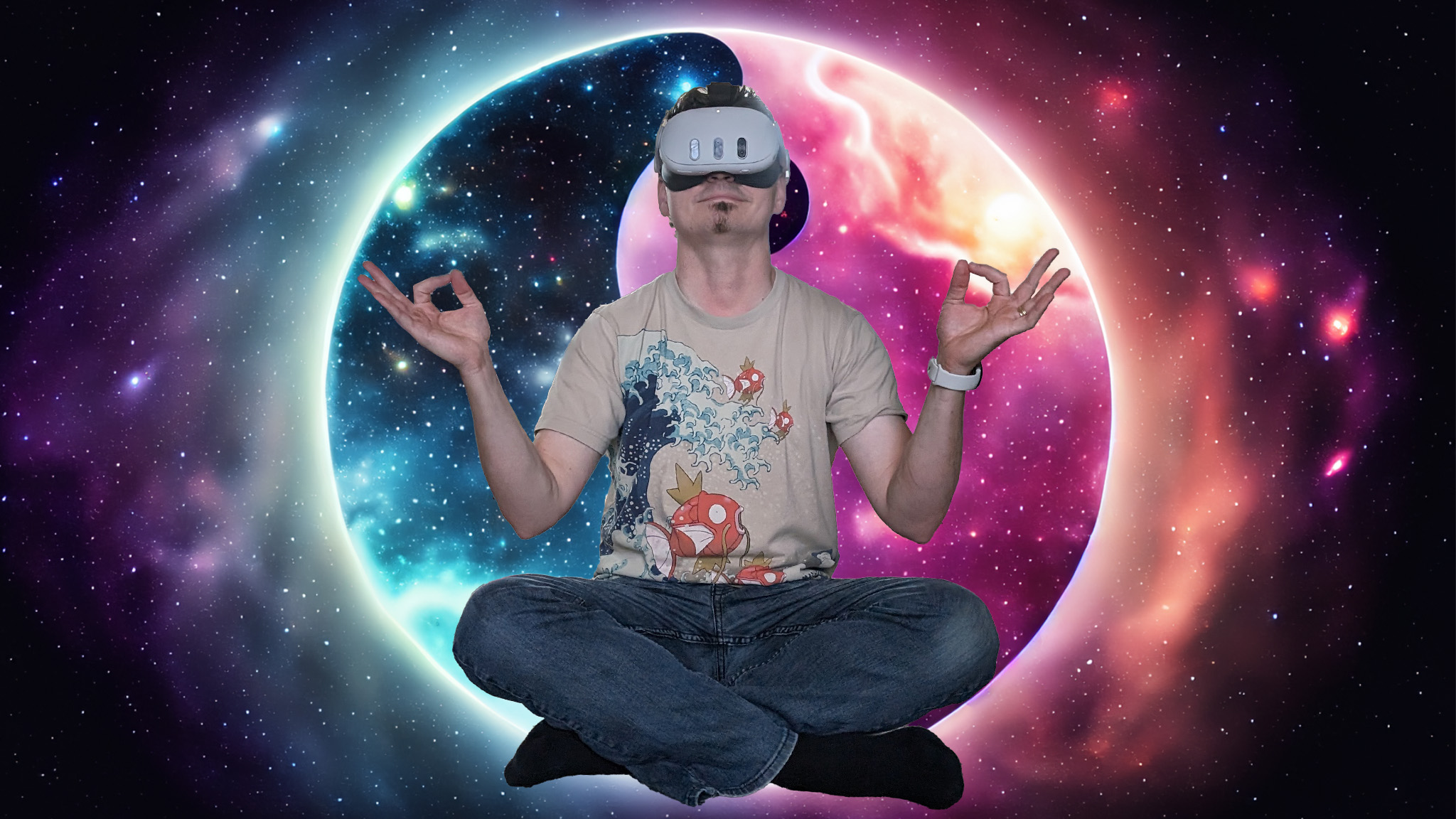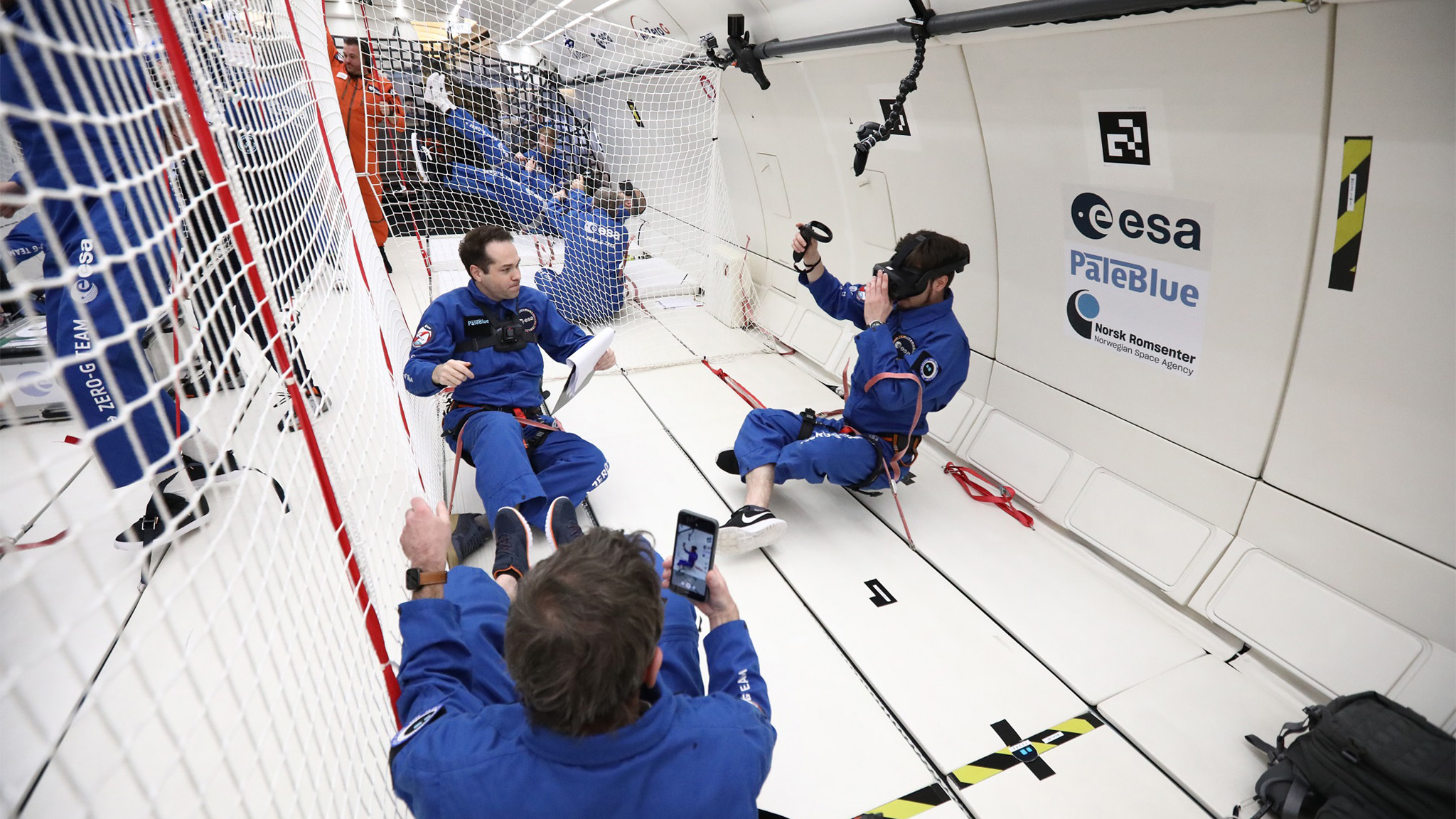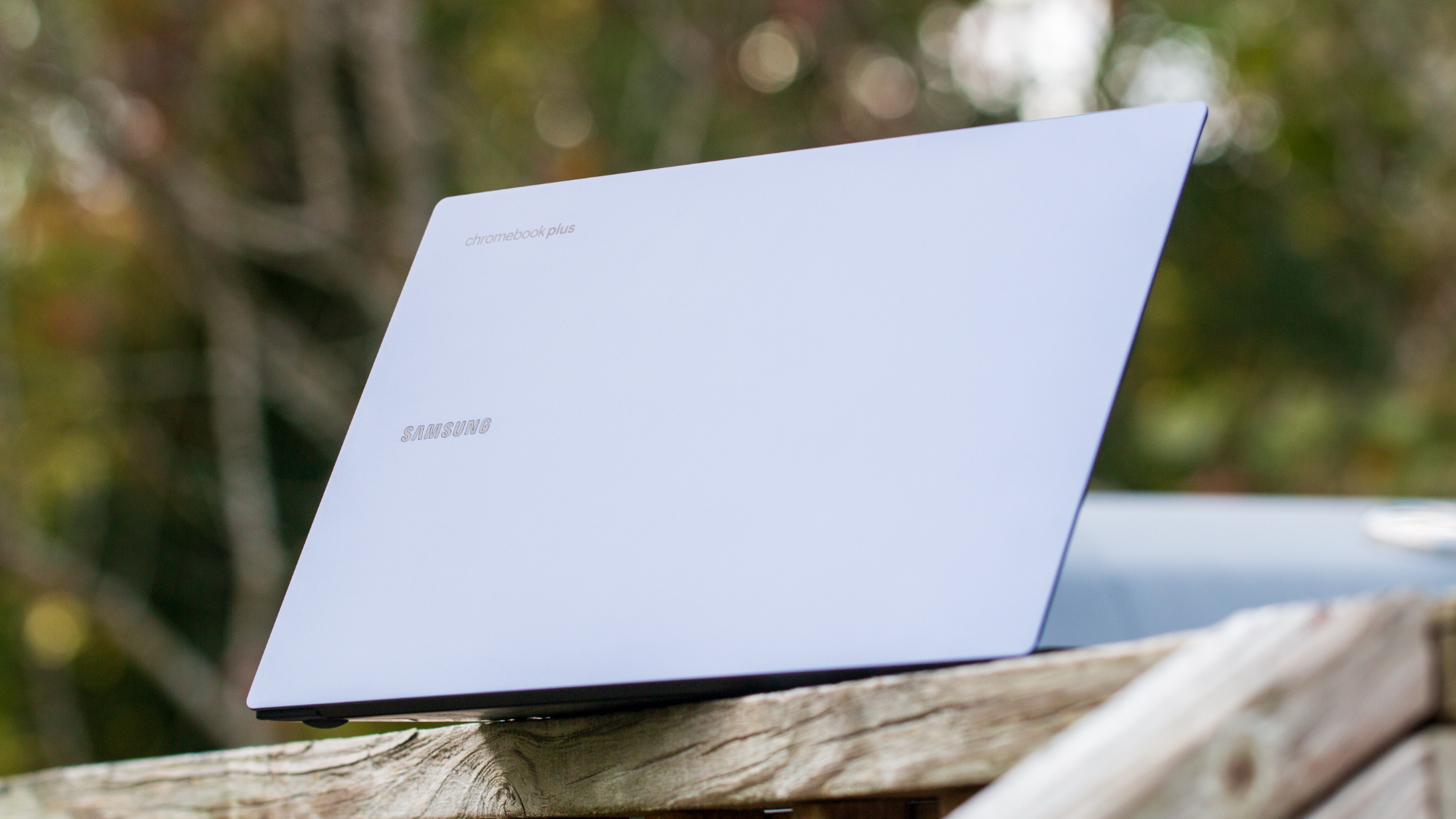Meditating in VR is so good that astronauts brought it to space
And you don't even need SpaceX to enjoy it at home.

Whenever I watch a science fiction show or movie about space travel, I often wonder how bored and restless the people onboard the ships must get. I can't deal with a 6-hour plane ride across the country, much less a months-long (or years-long) journey to another planet or galaxy.

In his weekly column, Android Central Senior Content Producer Nick Sutrich delves into all things VR, from new hardware to new games, upcoming technologies, and so much more.
Thankfully, companies like HTC are already trying to tackle this problem before humans ever get to another planet. The company just partnered with SpaceX, XRHealth, and Nord-Space ApS to bring its latest standalone VR headset — the HTC Vive Focus 3 — to the International Space Station (ISS) so Andreas Mogensen, Danish astronaut and Commander of Expedition 70 on the ISS, can use it.
The idea is to give astronauts — who have to live 24/7 in cramped, poor-lit spaces — a way to temporarily escape their stressful surroundings and improve their mental health. People talk about cabin fever, but imagine if your cabin was as small as a van and going outside would immediately kill you.
But even if you don't reside in the deep reaches of space, there are several VR meditation apps that you can try at home on headsets like the Meta Quest 3 that are sure to help transport you elsewhere for a little while. Studies have shown that these apps are far more effective than other digital meditation methods, and that's a particularly good thing as we head into the ridiculously busy Holiday season.
Better than closing your eyes

I'm not someone who is very good at sitting still. That might sound strange being a writer and all, but it's true. I'm constantly getting up to go do something else, whether that means taking micro-breaks from working on something or pausing the show I'm watching every couple of minutes.
But when I think of how restless I'd get encapsulated in what amounts to a glorified tin can in space, I practically panic. The inhabitable portion of the ISS is only about as large as a six-bedroom house, and while it has a few different types of rooms, the views don't change much while you're living there.
Check out this short tour of the crew quarters to get an idea of what I mean.
Get the latest news from Android Central, your trusted companion in the world of Android
So, when I think about how much having a VR headset with me would help alleviate the mental toll this sort of setting would place on me, I actually smile. Being able to play the best Meta Quest games in order to achieve the minimum 2-hour requirement for working out in space each day actually sounds like a ton of fun and far more exciting than a stationary bike, a treadmill, or a weightlifting machine.
But bringing a VR headset into space won't work without special modifications. Most of the sensors that allow you to look around and move are based on the consistency of Earth's gravity, which, obviously, isn't present in a space station.
Thomas Dexmier, AVP of Enterprise Solutions over at Vive, described to me how this all works, and his explanation was incredibly fascinating.
The headset had to be specially designed to work in a zero-gravity environment.
In a nutshell, Vive uses a controller as a gravitational anchor for the headset so it can understand cardinal directions and orientation. This controller is anchored somewhere in the room that the headset can see, giving it a single spot to focus on when Mogensen looks around.

He'll then fire up the experimental software from XRHealth and visually travel back to Earth for a little bit of quiet time. The small clip came from HTC and gives you an idea of what it would look like through an HTC Vive Focus 3 headset.
I can't think of anything better to see than a sweeping view of a massive, open mountainscape after being cooped up in a space station for the entire day.
I can't think of anything better to see than a sweeping view of a massive, open mountainscape after being cooped up in a space station for the entire day. Talk about freeing and mentally relieving!
But Mogensen only gets to look around in pre-recorded 360-degree videos, so the experience never changes no matter how many times he sits back down to relax.
Sure, XRHealth and Nord-Space ApS worked to deliver something truly groundbreaking, but Mogensen's experience in the headset pales in comparison to what you can get at home on your favorite VR headset.
Even better at home
Over the past few weeks, I've been testing out two popular at-home VR meditation apps: Tripp and Mindway. Both apps seem similar on the surface, but each has its own area of focus — although there's plenty of overlap between the two.
At their core, Tripp and Mindway both offer opportunities for daily meditation and relaxation through the lens of your headset. Mobile apps like Calm have been proven to improve mental health, but they have one obvious problem: your smartphone is inherently distracting.
I can't tell you how many times I'll pick up my phone to do something and get immediately distracted by a notification, only to completely forget why I picked up the phone in the first place. I can't imagine using it to help disconnect or relax.
With a VR meditation app like Tripp or Mindway, you can put your headset on and shut out the world in every way. It helps you actually unplug and focus for a few minutes a day as you mentally and visually focus on the imagery within the VR app.
VR meditation apps like Tripp and Mindway offer daily meditation, sleep coaching, and much more.
Both apps require some sort of subscription cost to use, but that's no different from any of the popular mobile phone apps with the same goal. Again, the difference here is efficacy, and I think you'll be pleasantly surprised at how much better the experience is when your hands and eyes aren't able to wander to something else during the exercise.
While both offered plenty of great opportunities to meditate each day, I found myself particularly enjoying the ASMR bath and sleep coaching modes in Mindway. As I said earlier, I'm not a person who does well sitting still, and I don't normally meditate either.
I just can't shut my brain off.
Thankfully, Mindway helped me do that for at least a few minutes a day to refocus and relax.
I'm not good at sitting still and staying focused, which is why it's important for me to put on a headset and shut the world out for a while.
Mindway also has a rather interesting peer support Fireside Chat program built into the app that lets you meet with others in a safe and anonymous virtual space moderated by a professional. These sessions are scheduled once or twice a week to ensure availability, and they help encourage group therapy through anonymity.
It's really impressive how well anonymity can help someone divulge details they might not otherwise feel comfortable speaking, and Mindway can be a truly transformational way of doing that.
The company is also toying with the idea of opening the chats up 24/7, which should be interesting to see.
Both Tripp and Mindway are free downloads and include demo modes that'll help you choose between them. If anything, Mindway's $5/month plan is half the cost of Tripp's, which makes it easier to try before committing yourself any further.
No matter which app you use, though, I'd encourage you to give this a shot. Meditation is quite good for the soul, and if you're like me, you need all the help you can get just to sit still for a little while.

There's nothing quite like shutting out the world around to help you focus. Grab a Meta Quest 2 for $50 for the remainder of 2023 and enjoy meditation like you never thought possible: without distraction.



